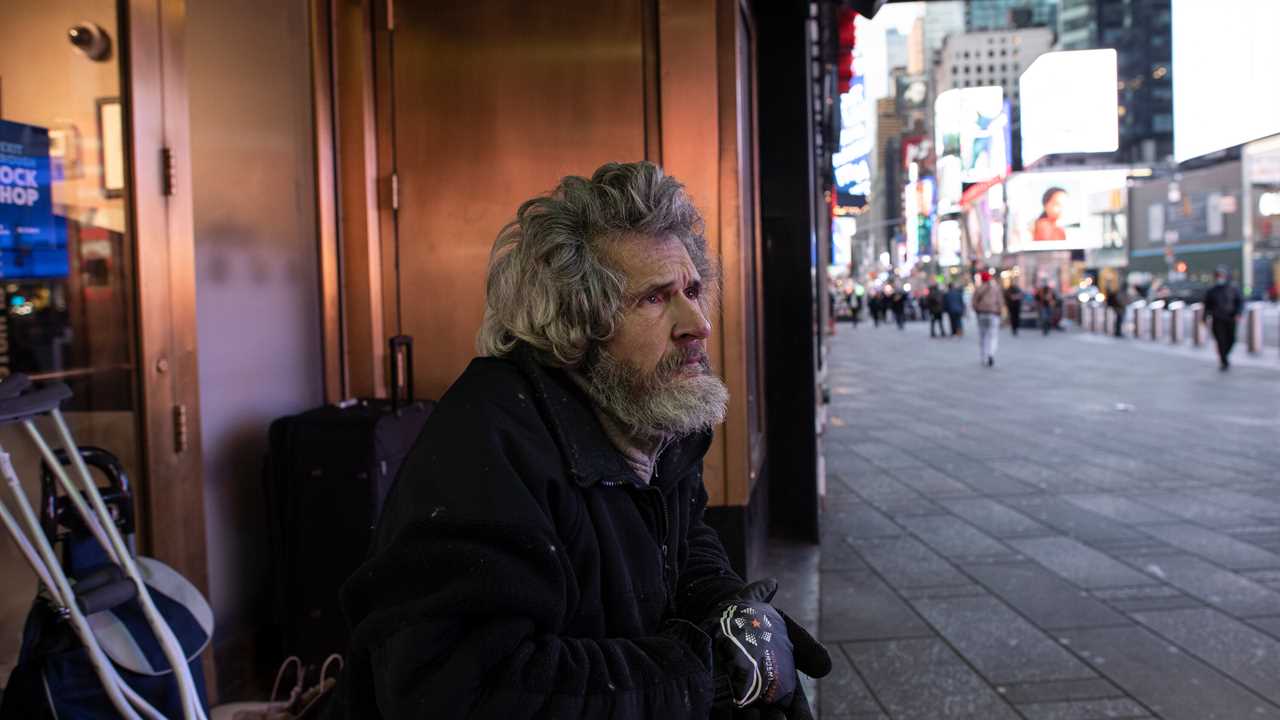
WASHINGTON — Homelessness in the United States rose for the fourth straight year, with about 580,000 people living on the streets or in temporary shelter at the start of 2020, according to an annual nationwide survey that was completed before the pandemic.
But the report, which was released on Thursday, almost certainly underestimates the spread, depth and urgency of the crisis, and not by a little, federal officials warned.
The report showed a 2.2 percent increase in homelessness from the previous year, but that does not reflect the displacement of people who lost work as a result of the sharp downturn caused by the coronavirus.
“I can’t give you numbers on how much homelessness has increased during the pandemic, but we know it has increased,” Marcia L. Fudge, who was confirmed last week as President Biden’s secretary of housing and urban development, said during a briefing at the White House.
She called the situation “devastating,” and said the country had a “moral responsibility” to address both long-term homelessness and hardships spurred by the coronavirus.
HUD officials say the effect on homelessness might not be known for years. Nationwide moratoriums on evictions, which have been in place since last spring and are scheduled to expire this year, have slowed the pace of displacement, although a Government Accountability Office report released this week showed the programs were not universally effective.
Ms. Fudge, a former Democratic congresswoman from Ohio, set an ambitious goal during her briefing: to reduce the number of homeless people by 130,000 using additional resources provided to her department under Mr. Biden’s $1.9 trillion coronavirus relief bill.
The package includes $21.55 billion for emergency rental assistance, $5 billion in emergency housing vouchers for families displaced by the pandemic’s economic fallout, $5 billion for homelessness assistance and $850 million for tribal and rural housing.
But Ms. Fudge, known for her outspoken views on race and poverty, said that funding, while welcome, was a fraction of what was needed to address the crisis once and for all.
Asked how much was needed, she replied, “$70 to $100 billion” — roughly double the department’s annual budget for all its programs.
She did not mince words when asked about the state of her agency, which suffered an exodus under her predecessor, Ben Carson.
“We are thousands of people short of where we ought to be,” said Ms. Fudge, who described the department’s remaining career employees as “under-resourced, understaffed and overworked.”
Even before the pandemic, homelessness was re-emerging as a major national problem, especially in big cities. The country’s two biggest cities, New York and Los Angeles, account for a quarter of all homeless people counted in the 2020 survey.
The annual snapshot count, taken on a single night in January 2020, signaled worrying trends: For the first time in years, homelessness among veterans and families — two groups targeted by recent federal housing efforts — did not improve.
Homelessness affects Black and Latino communities with disproportionate force. About 40 percent of people counted were Black, compared with their 13 percent representation in the population, and nearly a quarter of homeless people self-identified as Latino, a group that makes up about 18 percent of all Americans.
The number of people living on the street, the most visible reminder of a crisis that also plays out in shelters and among “couch people” forced to move in with family or friends, is also rising.
For the first time since the nationwide survey of homelessness was released in February 2007, the number of single adults living on the street, 209,000, was greater than the number of people counted in shelters, which was around 199,500.
One out of every six homeless people, about 106,000, were under the age of 18. A majority live in shelters. But 11,000 live at least part of the time outside, without shelter, the report found.
Despite federal and state efforts to halt evictions, advocacy groups have reported an increase in the number of families facing eviction and foreclosure, or economic insecurity dire enough to endanger their housing.
Nearly two-thirds of 280 renters and homeowners interviewed last month in the South Ward neighborhood of Newark reported not being able to pay their rent or mortgage in full, and on time, between August and September 2020.
The survey, conducted by Child Trends, a research organization based in Bethesda, Md., that analyzes national and local data on child well-being, reported that 27 percent of the people interviewed had to move at least once during the pandemic.
“The majority of renters in the South Ward were not able to pay their rent or mortgage on time, and we anticipate that situation, especially among Black families, worsened during the pandemic,” said Sara Shaw, a research scientist with the group who worked on the report.
Did you miss our previous article...
https://trendinginthenews.com/usa-politics/asianamerican-lawmakers-call-out-racist-language-i-am-not-a-virus






